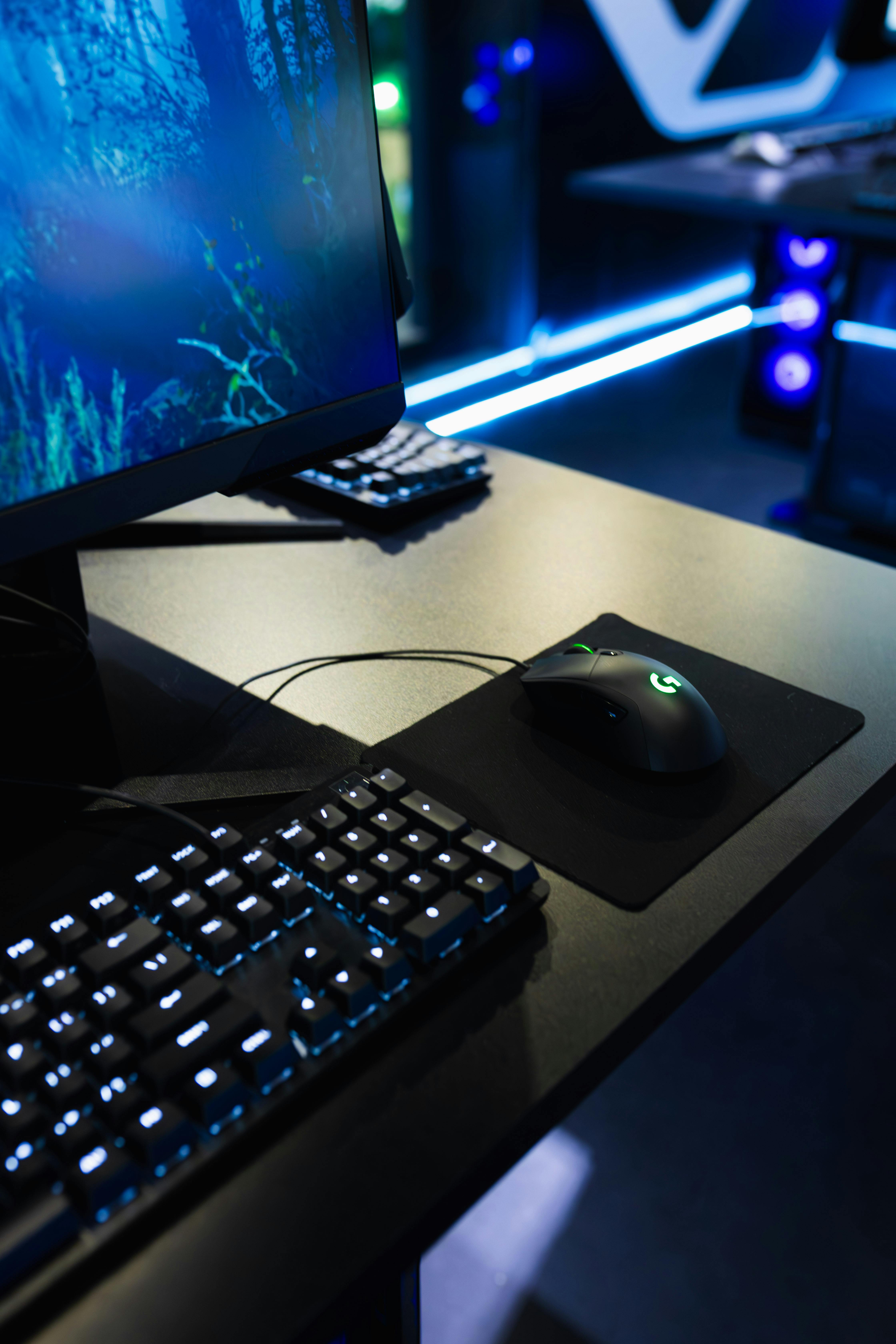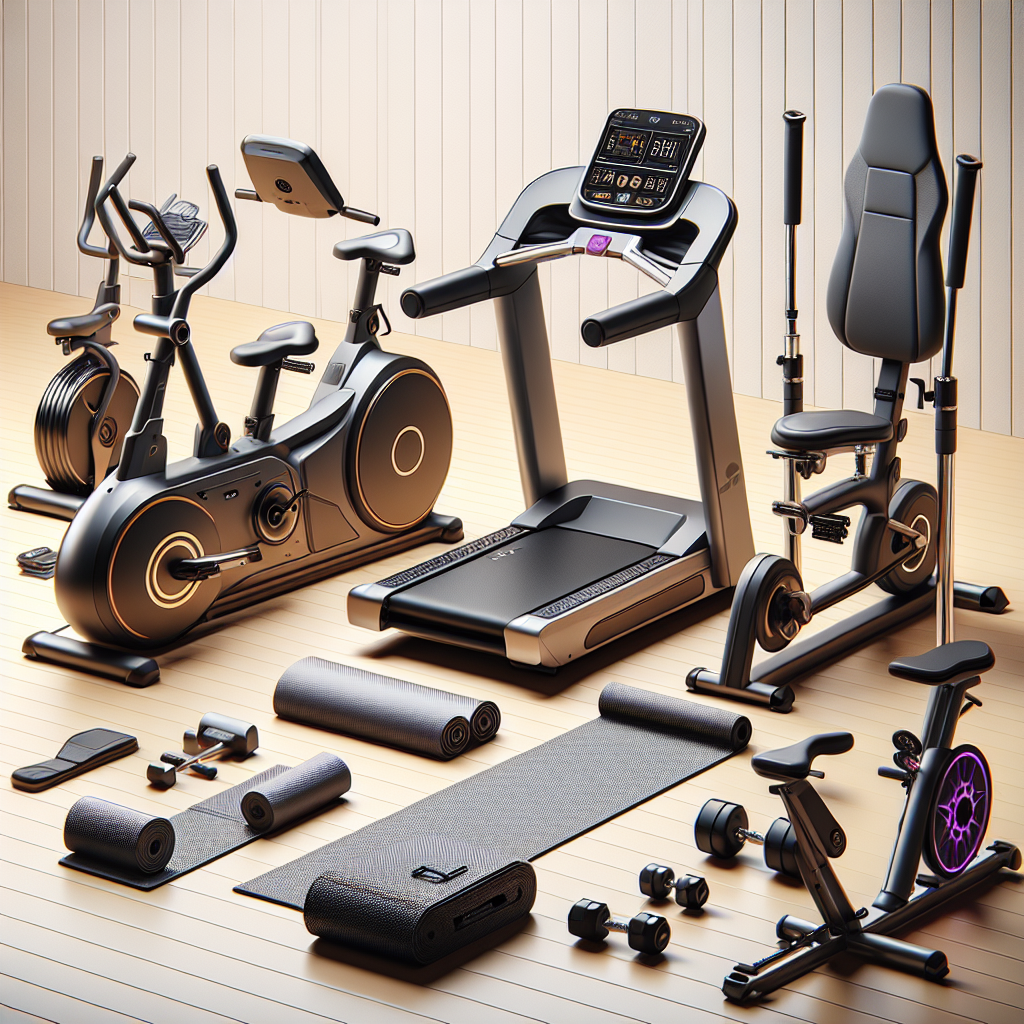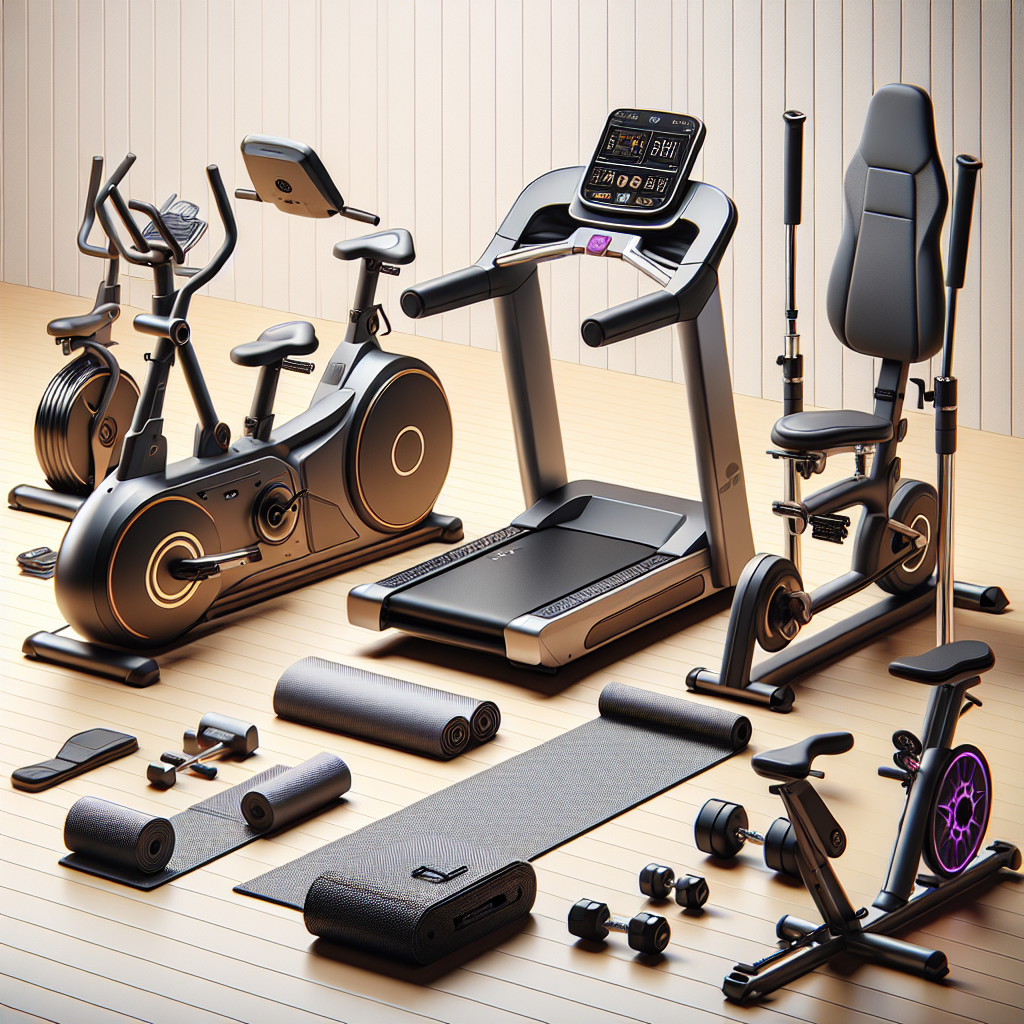In the realm of fitness, gym machines have become a popular choice for individuals seeking to enhance their workout routines. With a myriad of options available, choosing the most suitable and affordable machine can be a daunting task. This article aims to provide an in-depth analysis of various gym machines, meticulously comparing their costs and highlighting the unique features and benefits they offer. By exploring the realm of affordable gym machines, readers will gain valuable insights into making informed decisions about their fitness journey.

Introduction
Gym machines play a crucial role in helping individuals achieve their fitness goals. These machines provide a structured and controlled way of exercising, targeting specific muscle groups and improving overall strength and endurance. In this comprehensive article, we will explore various types of gym machines, including treadmills, Elliptical trainers, exercise bikes, rowing machines, stair steppers, weight machines, leg press machines, chest press machines, and pull-up machines. We will delve into the costs associated with each machine, compare their features and functionalities, and provide a summary of their benefits and drawbacks.
Treadmills
Cost
treadmills are a popular choice for individuals looking to improve cardiovascular health and engage in indoor running or walking exercises. When it comes to cost, treadmills vary widely depending on their features and quality. Entry-level treadmills can range from $500 to $1,000, offering basic functionalities such as different speed settings and incline levels. Mid-range treadmills, priced between $1,000 and $2,500, often come with additional features like built-in workout programs and heart rate monitors. High-end treadmills can cost upwards of $2,500, boasting advanced features like touchscreen displays, personalized workout tracking, and incline/decline options.
Comparison
When comparing treadmills, several factors come into play. These include the motor power, running surface size, incline/decline capabilities, maximum weight capacity, and the overall durability of the machine. While entry-level treadmills may be suitable for light walking and jogging, individuals seeking more intense workouts may prefer mid-range or high-end models. Additionally, features like pre-installed workout programs, entertainment options, and connectivity with fitness apps can enhance the user experience.
Summary
Treadmills provide a convenient and effective way to engage in cardiovascular exercises within the comfort of one’s home or the gym. The cost of a treadmill can vary greatly depending on its features and quality, with entry-level models being more affordable and high-end models offering advanced functionalities. When considering a treadmill, individuals should take into account factors such as motor power, running surface size, incline/decline capabilities, and durability.

Elliptical Trainers
Cost
Elliptical trainers offer a low-impact yet effective workout option, combining elements of both running and cycling. The cost of an elliptical trainer typically falls within a similar price range as treadmills. Entry-level ellipticals can cost around $500 to $1,000, providing basic functionalities such as adjustable resistance levels and workout programs. Mid-range ellipticals, priced between $1,000 and $2,500, often include additional features like customizable workout settings, heart rate monitoring, and built-in speakers. High-end ellipticals, with prices above $2,500, offer advanced functionalities like interactive touchscreen displays, internet connectivity, and compatibility with fitness apps.
Comparison
When comparing elliptical trainers, key factors to consider include the stride length, resistance levels, adjustable incline, maximum weight capacity, and overall stability of the machine. Some models also offer features like forward and reverse motion for targeting different muscle groups. Entry-level ellipticals may be suitable for individuals seeking basic cardiovascular workouts, while mid-range and high-end models provide more advanced functionalities and customization options.
Summary
Elliptical trainers provide a low-impact yet effective workout option, making them suitable for individuals with joint issues or those looking to minimize stress on their joints. The cost of an elliptical trainer varies depending on its features and quality, with entry-level models being more budget-friendly and high-end models offering advanced functionalities. When choosing an elliptical trainer, individuals should consider factors such as stride length, resistance levels, adjustable incline, and overall stability.
Exercise Bikes
Cost
Exercise bikes offer a convenient and efficient way to engage in cardiovascular workouts while minimizing impact on joints. Similar to treadmills and elliptical trainers, exercise bikes come in a range of prices depending on their features and quality. Entry-level exercise bikes can cost between $200 and $500, offering basic functionalities such as adjustable resistance levels and seat positions. Mid-range exercise bikes, priced between $500 and $1,500, often provide additional features like pre-programmed workouts, heart rate monitoring, and built-in speakers. High-end exercise bikes can exceed $1,500, boasting advanced features like interactive screens, virtual cycling programs, and compatibility with fitness apps.
Comparison
When comparing exercise bikes, important factors to consider include the type of bike (upright or recumbent), resistance mechanisms, adjustable seat and handlebar positions, maximum weight capacity, and stability of the machine. Upright bikes are better suited for individuals looking for a more traditional cycling experience, while recumbent bikes provide additional back support and comfort. Resistance mechanisms can vary from traditional friction-based systems to magnetic resistance, offering smoother and quieter operation. The overall stability and adjustability of the bike are vital for ensuring a comfortable and effective workout.
Summary
Exercise bikes provide a low-impact and convenient workout option, making them ideal for individuals with joint issues or those who prefer seated exercises. The cost of an exercise bike depends on its features and quality, with entry-level models being more affordable and high-end models offering advanced functionalities. When selecting an exercise bike, individuals should consider factors such as the type of bike, resistance mechanisms, adjustability, and overall stability.

Rowing Machines
Cost
Rowing machines offer a full-body workout, engaging multiple muscle groups simultaneously. When it comes to cost, rowing machines typically fall within a similar price range as other gym machines. Entry-level rowing machines can range from $200 to $500, providing basic functionalities such as adjustable resistance levels and built-in workout programs. Mid-range rowing machines, priced between $500 and $1,000, often include additional features like heart rate monitoring and compatibility with fitness apps. High-end rowing machines can cost over $1,000, offering advanced functionalities like interactive displays, customizable workouts, and connectivity options.
Comparison
When comparing rowing machines, important considerations include the resistance type (water, air, magnetic, or hydraulic), seat and handlebar comfort, maximum weight capacity, and overall stability of the machine. Each resistance type provides a different experience, with water and air resistance models offering a more realistic rowing sensation. Seat and handlebar comfort are crucial for maintaining proper form and avoiding discomfort during extended rowing sessions. The stability of the machine ensures a smooth and secure rowing motion.
Summary
Rowing machines provide a full-body workout that targets multiple muscle groups, making them an excellent choice for individuals seeking a comprehensive cardiovascular exercise. The cost of a rowing machine varies depending on its features and quality, with entry-level models being more budget-friendly and high-end models offering advanced functionalities. When choosing a rowing machine, individuals should consider factors such as the resistance type, seat and handlebar comfort, maximum weight capacity, and overall stability.
Stair Steppers
Cost
Stair steppers, also known as stair climbers or step machines, simulate stair climbing motions to provide an intense cardiovascular workout. Cost-wise, stair steppers typically fall within a similar range to other gym machines. Entry-level stair steppers can cost between $100 and $300, offering basic functionalities such as adjustable resistance levels and step height options. Mid-range stair steppers, priced between $300 and $800, may include additional features like pre-programmed workouts and heart rate monitoring. High-end stair steppers can exceed $800, boasting advanced features like interactive displays, customizable workouts, and compatibility with fitness apps.
Comparison
When comparing stair steppers, important factors to consider include the step height range, resistance levels, handlebar comfort, stability, and overall durability. The step height range determines the intensity of the workout and accommodates users of different fitness levels. Resistance levels allow for customization and progression in difficulty. Comfortable handlebars are essential for maintaining balance and proper form throughout the workout. The stability and durability of the machine ensure a safe and long-lasting exercise experience.
Summary
Stair steppers offer a challenging and effective cardiovascular workout that simulates stair climbing motions. The cost of a stair stepper depends on its features and quality, with entry-level models being more budget-friendly and high-end models offering advanced functionalities. When selecting a stair stepper, individuals should consider factors such as step height range, resistance levels, handlebar comfort, stability, and overall durability.

Weight Machines
Cost
weight machines, also known as strength training machines or resistance machines, target specific muscle groups to build strength and muscle mass. Cost-wise, weight machines can vary greatly depending on the type of machine and the complexity of its design. Entry-level weight machines can cost between $200 and $500, offering basic functionalities and targeting specific muscle groups. Mid-range weight machines, priced between $500 and $1,500, often provide additional features such as adjustable resistance, multiple exercise options, and a compact design. High-end weight machines can exceed $1,500, offering advanced functionalities like customizable workout programs, intuitive user interfaces, and superior build quality.
Comparison
When comparing weight machines, key factors to consider include the number of exercise options, weight stack capacity, ease of adjustments, range of motion, and overall stability. Different weight machines target different muscle groups, so the number and variety of exercise options are important considerations. The weight stack capacity determines the maximum resistance that can be applied, allowing users to progressively increase their strength. Ease of adjustments and a smooth range of motion contribute to a comfortable and effective workout. The overall stability of the machine ensures safe and controlled movements.
Summary
Weight machines are designed to target specific muscle groups and assist in building strength and muscle mass. The cost of a weight machine depends on its type and complexity, with entry-level models being more affordable and high-end models offering advanced functionalities. When choosing a weight machine, individuals should consider factors such as the number of exercise options, weight stack capacity, ease of adjustments, range of motion, and overall stability.
Leg Press Machines
Cost
Leg press machines are specifically designed to target the lower body, primarily focusing on the quadriceps, hamstrings, and gluteal muscles. Cost-wise, leg press machines can vary depending on their design and features. Entry-level leg press machines can cost between $200 and $500, providing a basic platform for leg pressing exercises. Mid-range leg press machines, priced between $500 and $1,000, often offer additional features like adjustable footplates and backrests for enhanced comfort. High-end leg press machines can exceed $1,000, showcasing advanced functionalities like multiple resistance options, ergonomic design, and smooth operation.
Comparison
When comparing leg press machines, important factors to consider include the weight capacity, adjustability, footplate design, range of motion, and overall stability. The weight capacity determines the maximum resistance that can be used during leg pressing exercises. Adjustability allows users of different heights and sizes to comfortably perform the exercises. The footplate design should provide a stable and secure platform for leg pressing movements. A sufficient range of motion ensures the targeting of specific muscle groups. The stability of the machine guarantees smooth and controlled leg pressing motions.
Summary
Leg press machines are designed to target the lower body, providing an effective way to strengthen the quadriceps, hamstrings, and gluteal muscles. The cost of a leg press machine varies depending on its design and features, with entry-level models being more budget-friendly and high-end models offering advanced functionalities. When selecting a leg press machine, individuals should consider factors such as weight capacity, adjustability, footplate design, range of motion, and overall stability.
Chest Press Machines
Cost
Chest press machines, also known as pec fly machines, target the chest muscles (pectorals) and the muscles of the arms and shoulders. Cost-wise, chest press machines can vary depending on their features and the complexity of their design. Entry-level chest press machines can cost between $200 and $500, providing a basic chest press exercise option. Mid-range chest press machines, priced between $500 and $1,000, often offer additional features like adjustable seat and backrest positions for enhanced comfort. High-end chest press machines can exceed $1,000, boasting advanced functionalities like multiple grip options, customizable resistance, and ergonomic design.
Comparison
When comparing chest press machines, important factors to consider include the weight stack capacity, adjustability, range of motion, hand grip options, and overall stability. The weight stack capacity determines the maximum resistance that can be used during chest press exercises. Adjustability allows users of different heights and sizes to comfortably perform the exercises. A proper range of motion ensures the full engagement of the chest muscles. A variety of hand grip options can target different areas of the chest and arm muscles. The stability of the machine ensures controlled and effective chest press movements.
Summary
Chest press machines focus on targeting the chest muscles, as well as muscles of the arms and shoulders. The cost of a chest press machine depends on its features and complexity, with entry-level models being more budget-friendly and high-end models offering advanced functionalities. When choosing a chest press machine, individuals should consider factors such as weight stack capacity, adjustability, range of motion, hand grip options, and overall stability.
Pull-up Machines
Cost
Pull-up machines, also known as assisted pull-up machines, provide support and assistance to effectively perform pull-up exercises. Cost-wise, pull-up machines can vary depending on their design and features. Entry-level pull-up machines can cost between $100 and $300, offering basic support for pull-up movements. Mid-range pull-up machines, priced between $300 and $800, often provide additional features like adjustable assistance levels and multiple grip options. High-end pull-up machines can exceed $800, boasting advanced functionalities like rotational handles, customizable workouts, and resistance bands.
Comparison
When comparing pull-up machines, important factors to consider include the weight capacity, adjustability, grip options, stability, and overall durability. The weight capacity determines the maximum user weight that can be supported by the machine. Adjustability allows users of different heights and sizes to comfortably perform pull-up exercises. Various grip options offer versatility and target different muscle groups. The stability of the machine ensures safe and controlled movements during pull-ups. The overall durability guarantees long-lasting usability and reliability.
Summary
Pull-up machines provide support and assistance for performing pull-up exercises, targeting the muscles of the upper body, particularly the back and arms. The cost of a pull-up machine depends on its design and features, with entry-level models being more affordable and high-end models offering advanced functionalities. When selecting a pull-up machine, individuals should consider factors such as weight capacity, adjustability, grip options, stability, and overall durability.
In conclusion, gym machines offer a diverse range of options to target various muscle groups and achieve different fitness goals. Each machine has its own set of features, costs, and comparisons to consider. Treadmills, elliptical trainers, exercise bikes, rowing machines, stair steppers, weight machines, leg press machines, chest press machines, and pull-up machines each provide unique benefits and drawbacks. By understanding the costs, comparisons, and summaries of these machines, individuals can make informed decisions and choose the machines that align with their fitness objectives and budget.


